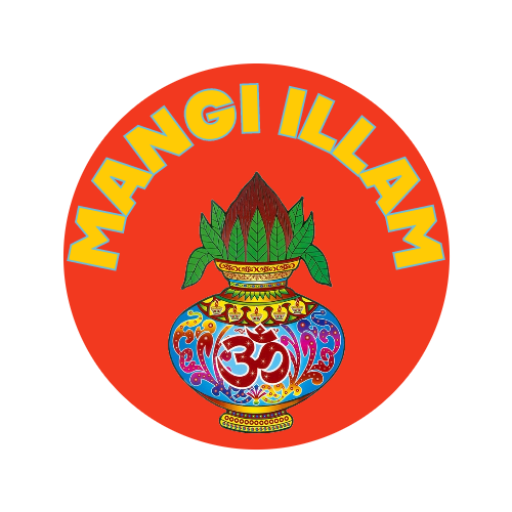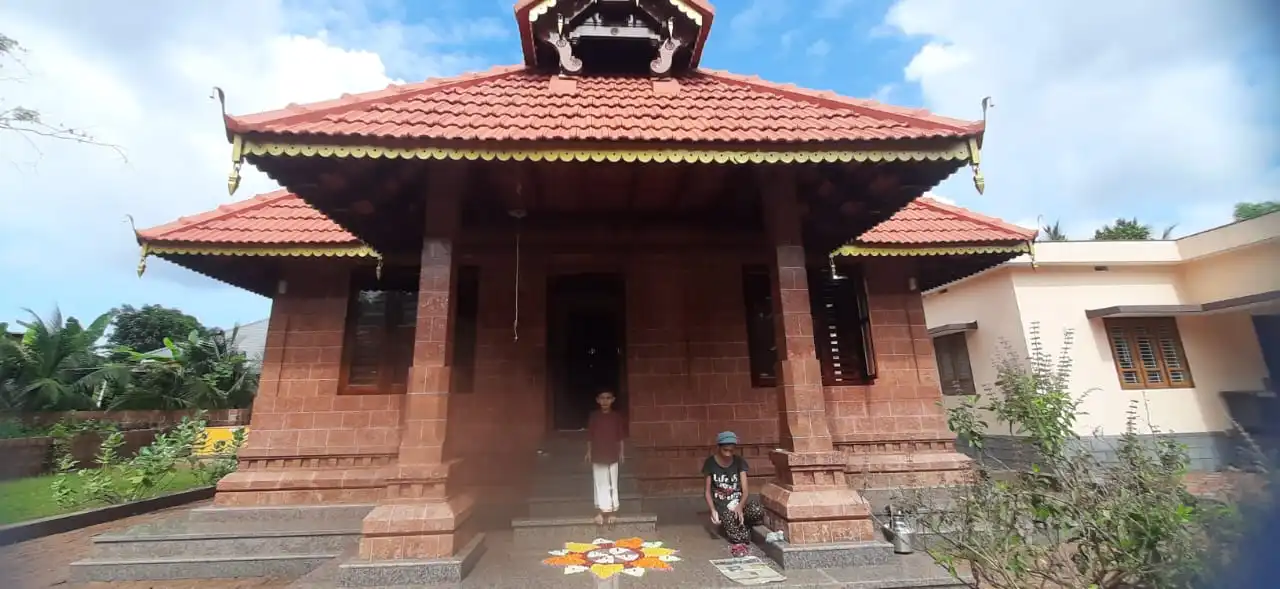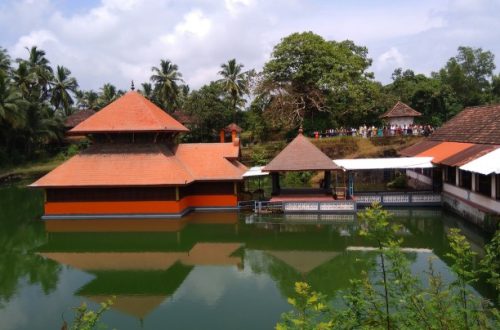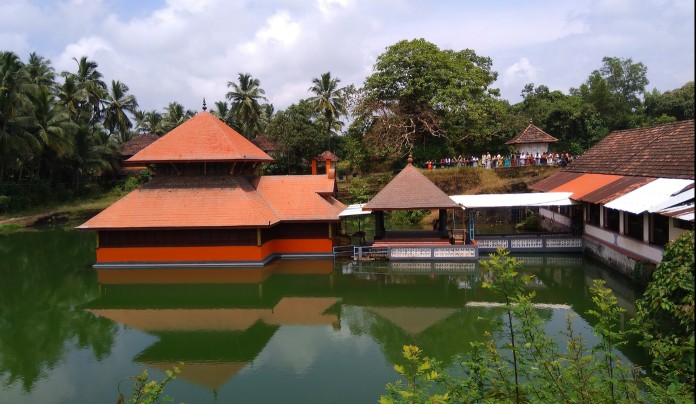History
History of Saliya, Mangi Illam Tharavad and Korathi Amma Worship.

-
History of Tharavad
History of Mangi Illam Tharavad and Worshipping Korathi Amma Altogether 8 Tharavad of Mangi Illam merged together at Narayanamangalam, Kumbla on March 22 2021 to form one big Tharavad. Here are those 8 Tharavad. 1. Kodikal(Originally from Nellikatte/Naikap), Mangalore, Karnataka – Originally was started by Late Smt. Manu at her maternal house Naikap(Present Narayanamangalam) 2. Shakthinagar, Mangalore, Karnataka 3. Akashabhavan, Mangalore, Karnataka 4. Thokkottu, Mangalore, Karnataka 5. Betchampadi, Mangalore, Karnataka 6. Puttur, Karanataka 7. Kumble, Kerala 8. Kasargod, Kerala As I told my mother Late Smt. Suguna Nellikatte, the original place the Korathi Amma was worshipped at my grandma’s house at Naikap (Present Narayana Mangalam, near Kumbla). My grandma Late…
-
Saliya
About Saliya, MANGI ILLAM Tharavad and Korathi Amma Saliya (or Chaliyan or Sali or Sale or Shettigar or Chettiyar or Devanga) is a Malayali caste. Their traditional occupation was that of weaving and they are found mostly in the regions of northern Kerala and southern coastal Karnataka, India. Origins Malayali weavers are generally believed to be descendants of Tamil/Telugu/Kannada weavers migrating at various points of history. Therefore, the origins of Malayali weavers is closely connected to weavers of Karnataka, Andhra Pradesh and Tamil Nadu. However, Sali or Chaliyan weavers have completely adopted Malayali traditions over time (except for later migrants like Saliyar of Balaramapuram). Since the origin of Chaliyans is…
-
Origination of Illam
Illam also referred to as Mana, is the Malayalam word for the house of any family. In the traditional lineage system used for the classification and identification of homes based on the castes of Kerala, South India, an Illam served as the Tharavad (ancestral house) of families in Kerala and part of Dakshina Kannada District. The family homes are built according to the canons of Vaasthusaasthram, meaning “architecture” in the Sanskrit language. The traditional layout of a Illam is in the form of an open courtyard which is located in the middle, known as the Nadumittam (‘nadu’ meaning middle and ‘mittam’ meaning earth/ground). These buildings or houses are designed in…





